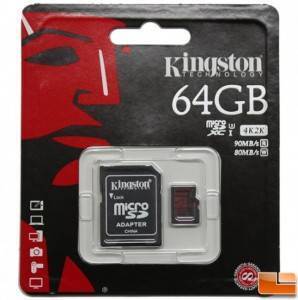Sd Card Identifier
Download fullmetal alchemist brotherhood episode 1 sub indo sub. I want to backup my running Raspberry Pi to an SD card which is connected via an USB card reader. As far as I understand, the device name of the onboard SD card in /dev is brw-rw---T 1 root 179, 0 Jan 1 1970 mmcblk0 But how can I find the correct device name of the SD card which is conncted through the USB card reader? The LED of the card reader is on. I guess that this is good starting point. Once I know the exact device names I know how to create a bakup usind dd. But since dd is also nicknamed destroy disk, I want to make sure I'm using the right device names before I start.

Insert a blank SD card into your navigation unit. On the navigation interface, touch: Settings > System > About > Update Your vehicle will automatically imprint a new unique ID code on the SD card. [ 1206.970596] sd 3:0:0:0: [sdb] Attached SCSI removable disk I would like to know a few attributes - serial #, manufacturer id, etc. That I thought would be in /sys/class. I have searched /sys/class/scsi_disk/3:0:0:0/ without any luck.

Sd Card Identifier Software

Sd Card Walmart
• 1) Make sure their is a card in your card reader and then plug it into the Raspberry Pi. If using a powered HUB then the Raspberry Pi will not reboot • 2) Then run 'dmesg tail' and look for /dev/sdX where X is a, b, or c (for example, the below uses 'a'). • 3) Now as long as the plugged-in card is the same size (or larger) than what is in the Raspberry Pi SD card slot, you can run 'dd if=/dev/mmcblk0 of=/dev/sda bs=1b' • NOTE: /dev/mmcblk0 refers to the whole SD card and not any one partition • NOTE: /dev/sda refers to the whole SD card in the external reader and not any one partition • 4) This will take anywhere from 10 min to an hour depending on the size of the SD card you have. When it's done you should as a minimum run 'fsck /dev/sda2' since you copied a running 'live' filesystem. Not only is this a backup of your whole SD card (W95 '/boot', and Linux ext4 '/'), it can also be used to boot the system. PS: I've also used this to copy my bootable 4 GB SD card to a 16 GB card and after using fdisk to make an ext4 on the remaining 12 GB and mount as /opt1.